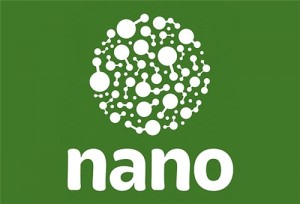 TEHRAN (FNA)- Iranian researchers from Amirkabir University of Technology have produced polymeric scaffolds which could be used for tissue engineering purposes.
TEHRAN (FNA)- Iranian researchers from Amirkabir University of Technology have produced polymeric scaffolds which could be used for tissue engineering purposes.The scaffold has been designed for the treatment of damaged bones and has the ability to carry and release drugs in a controlled manner.
According to Katayoun Nazemi, one of the researchers, the aim of the scaffold production was to use it in the treatment of damaged bones, and in the release of antibiotics and anti-inflammation drugs implanted on the scaffold.
The scaffolds contain PLGA nanoparticles with size of about 100 nm. The interesting point in the application of nanoparticles is that they are able to act as drug carriers, and they release the drug in the desired spot. When the drug is released locally on the desired spot, the other tissues are not involved in the treatment process and the side effects of the drug reduce. This characteristic also results in higher efficiency of the drug.
Nazemi explained the results of the research, and said, �The produced scaffolds have appropriate and consistent porosity. In addition, the spherical PLGA nanoparticles have been distributed homogenously in their polymeric bed, which results in controlled release of drug. However, the weak strength of the scaffold should be taken into consideration. Therefore, they can be used only in the parts of the bones that do not carry any load.�
In this research, composite scaffolds of chitosan/bioactive glass, which contained spherical nanoparticles of poly (lactic-co-glycolic) acid (PLGA), were produced through frozen drying method and they were characterized. Next, the researchers studied the effect of increasing the amount of bioactive glass on various properties of scaffolds, including water adsorption, degradation rate and mechanical properties.
Results of the research have been published in BioMed Research International, vol. 2014, issue 1, 2014, pp. 898930-1 to 898930-9.
By Fars News Agency
The Iran Project is not responsible for the content of quoted articles.










